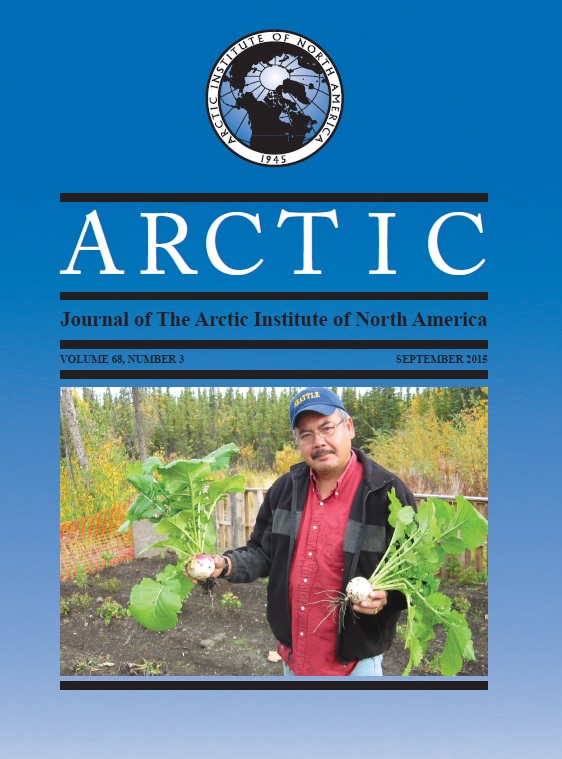The Canadian Arctic Expedition 1913–18 and Early Advances in Arctic Vertebrate Zoology
DOI:
https://doi.org/10.14430/arctic4505Keywords:
Canadian Arctic Expedition, Arctic, Arctic vertebrates, Canadian Museum of Nature, vertebrate collections, Vilhjalmur Stefansson, Rudolph Martin AndersonAbstract
A century ago, an international team of scientists sailed under the Canadian flag to the western Canadian Arctic, via the Bering Strait, to achieve the goals of the Canadian Arctic Expedition of 1913–18. This major expedition was a milestone in the history of Canada. The scientists explored a vast, unknown sea and land area that extended from the Alaskan northern coast to Bathurst Inlet in Canada, and from Meighen Island to approximately 160 – 200 km inland from the continental coasts. This area had never been explored by an expedition before, and many parts of it had never been visited (except, presumably, by Inuit and their ancestors). The expedition resulted in a remarkable harvest of terrestrial and marine plants and animals, and associated data. The scientists furthered geographic and scientific knowledge of the Arctic and published 74 reports in various scientific fields, yet none of these addressed vertebrate zoology. The present report attempts to make up for this deficiency. Overall, the CAE collected and preserved 2084 vertebrate specimens and inventoried 139 species, which together fairly depicted the Arctic vertebrate community. Almost all specimens are preserved at the Canadian Museum of Nature. They significantly supplemented the rather meagre vertebrate collections of the Museum of those times and have since prompted the continuing development of these collections.


